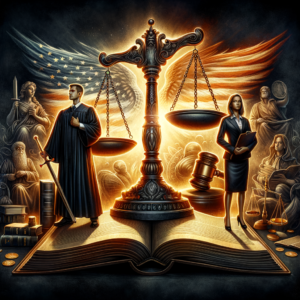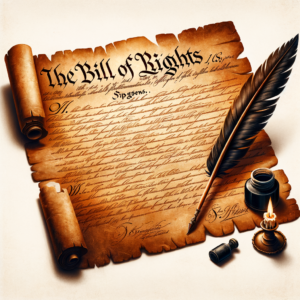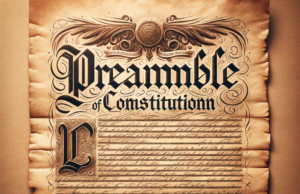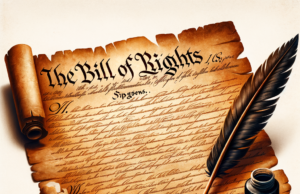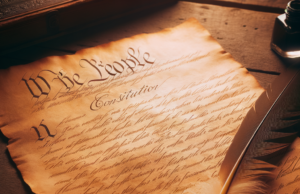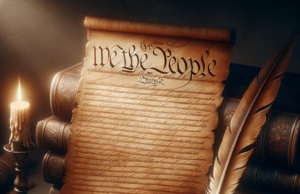Unveiling the Hidden Boundaries: The Shocking Limits of Executive Power
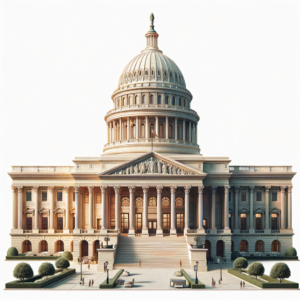
In an era marked by unprecedented political polarization and national crises, the boundaries of executive power have come under intense scrutiny. As the role of the executive branch expands, questions arise regarding the limits of authority vested in the presidency. This article delves into the historical evolution of executive power, the constitutional framework that governs it, landmark Supreme Court decisions that have shaped its limits, and the crucial role of oversight. Additionally, it examines contemporary challenges that test these boundaries and explores the implications for future governance.
Understanding Executive Power: A Historical Perspective on Its Evolution and Limits
The concept of executive power in the United States has evolved significantly since the founding of the nation. Initially, the framers of the Constitution envisioned a limited executive, primarily responsible for enforcing laws and conducting foreign affairs. However, historical events, such as the Civil War and the Great Depression, necessitated a more robust executive response, leading to an expansion of presidential powers. The New Deal era, in particular, marked a turning point, as presidents began to assume greater authority in economic and social matters. This evolution has sparked ongoing debates about the appropriate scope of executive power and the potential for overreach, raising critical questions about accountability and democratic governance.
The Constitutional Framework: How the Separation of Powers Shapes Executive Authority
The U.S. Constitution establishes a system of checks and balances designed to prevent any one branch of government from becoming too powerful. The separation of powers delineates the roles of the executive, legislative, and judicial branches, ensuring that each has distinct responsibilities and the ability to check the others. Article II of the Constitution outlines the powers of the executive branch, including the authority to execute laws, command the military, and conduct foreign relations. However, this authority is not absolute; Congress holds the power to legislate, allocate funds, and impeach the president, while the judiciary interprets laws and can rule executive actions unconstitutional. This framework is essential for maintaining a balance of power and safeguarding democratic principles.
Case Studies: Landmark Supreme Court Decisions That Defined Executive Limits
Throughout American history, the Supreme Court has played a pivotal role in defining the limits of executive power through landmark decisions. One notable case is United States v. Nixon (1974), which established that no person, not even the president, is above the law. The Court’s ruling mandated the release of tape recordings related to the Watergate scandal, reinforcing the principle of accountability. Another significant case, Youngstown Sheet & Tube Co. v. Sawyer (1952), limited presidential power by ruling that President Truman’s seizure of steel mills during the Korean War was unconstitutional, as it lacked congressional authorization. These cases illustrate the judiciary’s critical function in curbing executive overreach and upholding the rule of law.
The Role of Oversight: Congressional and Judicial Checks on Executive Power
Oversight is a fundamental mechanism for ensuring that executive power is exercised within constitutional limits. Congress holds significant authority to oversee the executive branch, conducting hearings, investigations, and passing legislation to regulate executive actions. The power of the purse also serves as a vital check; Congress can withhold funding for executive initiatives deemed excessive or unconstitutional. Additionally, the judiciary acts as a guardian of civil liberties, reviewing executive actions for compliance with constitutional standards. This dual oversight by Congress and the courts is essential for maintaining accountability and transparency in governance, preventing the concentration of power in the executive branch.
Contemporary Challenges: The Impact of National Crises on Executive Authority
National crises often prompt an expansion of executive power, as presidents seek to respond swiftly to emergencies. The post-9/11 era exemplifies this phenomenon, with the implementation of the USA PATRIOT Act and the establishment of the Department of Homeland Security, both of which significantly increased executive authority in matters of national security. Similarly, the COVID-19 pandemic saw an unprecedented exercise of executive power at both federal and state levels, with governors and the president enacting emergency measures to protect public health. While such actions may be necessary in times of crisis, they raise concerns about the potential for abuse of power and the erosion of civil liberties, highlighting the delicate balance between security and freedom.
Future Implications: Rethinking the Boundaries of Executive Power in Modern Governance
As the landscape of governance continues to evolve, there is a pressing need to rethink the boundaries of executive power. The rise of technology, social media, and global interconnectedness presents new challenges that require agile and decisive leadership. However, this agility must be tempered with accountability to prevent authoritarianism. Future discussions on executive power should focus on establishing clear guidelines for its exercise, enhancing transparency, and strengthening oversight mechanisms. Engaging citizens in the democratic process and fostering a culture of accountability will be crucial in ensuring that executive power serves the public interest rather than undermining it.
The limits of executive power are not merely historical artifacts; they are vital components of a functioning democracy. As the nation grapples with contemporary challenges, understanding the evolution, constitutional framework, and oversight mechanisms surrounding executive authority is essential. By learning from past experiences and reinforcing the checks and balances that safeguard democratic governance, society can navigate the complexities of modern leadership while preserving the principles of accountability and justice. The future of executive power hinges on our collective commitment to uphold these values in the face of evolving challenges.



